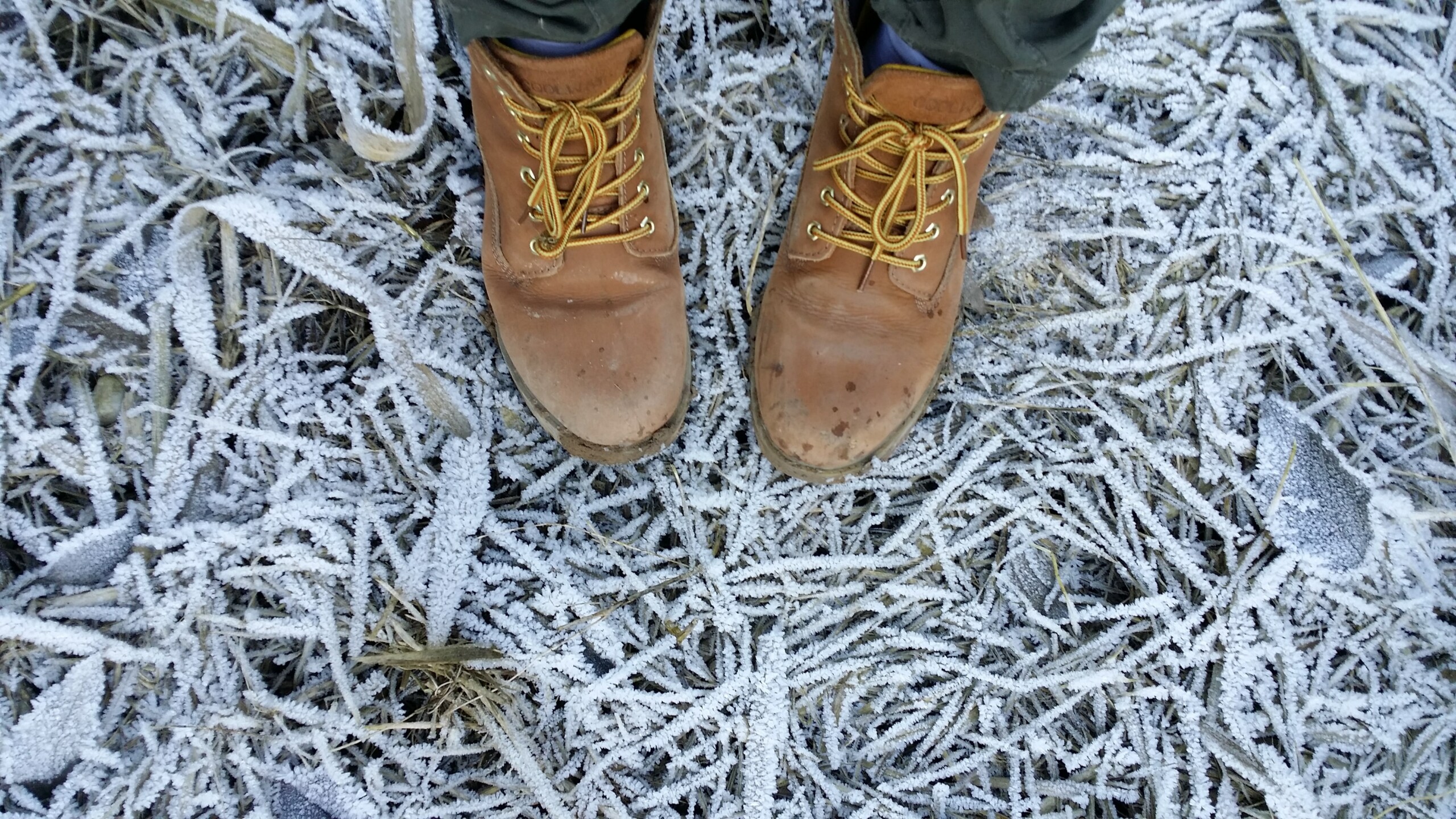Falls prevention

Photo by Ilum Isart
The healthcare system still has its hands full with the COVID-19 response, which means having an injurious winter fall could not come at a worse time.
Falls are the number one reason cause of emergency room visits for older adults in Canada, costing the nation $5.6 billion according to Parachute, the leading Canadian non-profit dedicated to injury prevention.
This is exacerbated in the cold winter months, where weather conditions can increase the risk if appropriate measures are not taken.
“Winter weather conditions increase the risk of slips and falls as snow and ice can reduce underfoot traction, making it difficult for all pedestrians to maintain balance,” stated a report from the Public Health Association of Canada (PHAC). “These risks are exacerbated when pedestrians increase their walking speed because of the physical discomfort of exposure to cold.”
Thankfully, these types of falls and injuries are preventable by mitigating one’s risk factors. This can be achieved several ways.
Risk Assessment
One of the first ways to take preventative measures is by talking to your doctor about your own, personal risk factors.
A variety of risk factors related to personal health — including balance and mobility issues, reduced muscle strength, heart and circulatory problems or the taking of medications that can impair one’s gait — can and should be brought up with your general practitioner.
Your doctor can do a physical and cognitive assessment, which can lead to recommendations like the use of assistance equipment or additional management strategies for chronic illnesses — whether it be as simple as new glasses or as complex as one’s heart medication.
Respect your surroundings
Although you might feel most at ease within your home, that comfort could lead you to miss potential dangers present within your day-to-day surroundings.
It’s easy to take a day to look around your home — either with a close family member or a health care professional like an occupational therapist — for potential spots that might increase a fall risk.
Fixing that loose step, wobbling bannister or uneven stair could mean the difference between safety and a prolonged hospital visit. The report from PHAC found a 21 per cent reduction in falls following evaluation and interventions happening in folks’ own homes.
Exercise
Being fit and active as best you’re able is beneficial is a staggering number of ways — not least of which is how it can help prevent falls.
By participating in routine physical activity, you’re also improving balance, coordination and muscle density. You can speak to your doctor about what sorts of exercise would be best suited to help prevent falls, and a myriad of activities are available specifically for older adults in the community.
Fall prevention is just one of the dozens of reasons why older adults should do their best to keep fit, moving and active.
